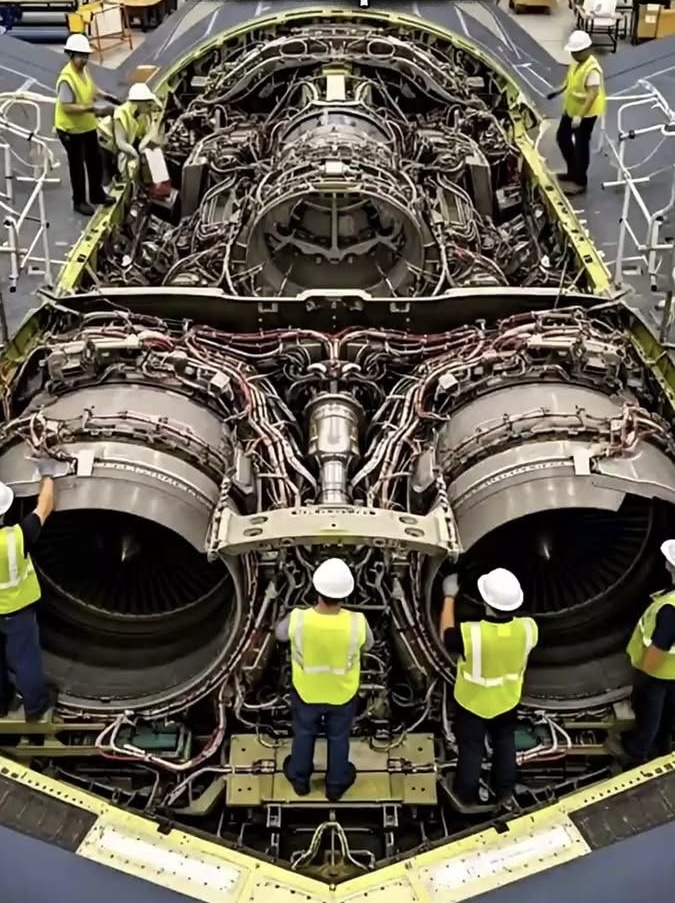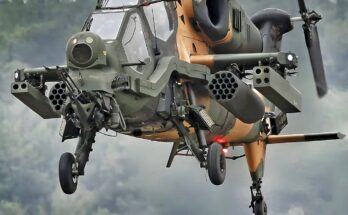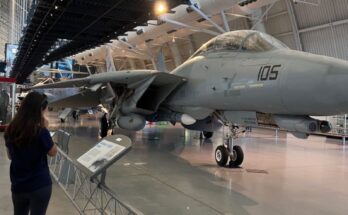
The B-2 Spirit, more commonly known as the Stealth Bomber, stands as one of the most advanced aircraft ever built. Developed by Northrop Grumman and introduced into U.S. Air Force service in the early 1990s, it remains a symbol of technological achievement and strategic deterrence. Its unique design, operational capabilities, and role in modern warfare make it a subject of continued military and public interest.
At the heart of the B-2’s identity is its stealth. Unlike conventional bombers, the Spirit was engineered to evade radar detection. Its flying wing shape eliminates vertical stabilizers, while smooth edges and radar-absorbent materials reduce its radar cross-section to a fraction of what an aircraft its size would normally generate. This stealth profile allows it to penetrate sophisticated enemy defenses and deliver precision strikes where conventional aircraft would face high risk.
The B-2 is not just about invisibility; it is about range and precision as well. It can fly intercontinental missions without refueling, and with in-air refueling support, its reach becomes virtually global. The aircraft is capable of carrying both conventional and nuclear weapons, giving it a dual role in strategic operations. Inside its bomb bays, the Spirit can deliver precision-guided munitions such as the Joint Direct Attack Munition (JDAM) and even the Massive Ordnance Penetrator, a bomb designed to destroy hardened underground targets.
The development of the B-2 was complex, costly, and highly secretive. Initial concepts date back to the late 1970s during the Cold War, when the U.S. sought a way to counter advanced Soviet air defenses. Northrop, working with various partners, produced a design that broke with traditional aircraft forms. The program faced budget overruns and political debate, with the original plan for over 100 bombers cut down to just 21. Despite this reduced number, the B-2 has proven valuable as a force multiplier, often performing missions that would otherwise require entire formations of conventional aircraft.
In service, the B-2 has been used selectively, often in the opening phases of major operations. It played a key role in Kosovo in 1999, Iraq in 2003, and Libya in 2011, striking high-value targets with precision. Its ability to fly from Whiteman Air Force Base in Missouri directly to distant theaters of war underscores its global reach. Missions lasting over 30 hours highlight both the endurance of the aircraft and the training of its two-person crew.
Operating the B-2 does not come without challenges. Maintenance is demanding, particularly in preserving its radar-absorbing coatings. Each aircraft requires extensive care, and availability rates can fluctuate based on how much time they spend in depot maintenance cycles. Costs remain high, but the Air Force has consistently argued that the strategic advantage provided by the B-2 justifies the investment.
Looking forward, the Spirit’s successor, the B-21 Raider, is expected to enter service in the coming years. While the B-21 will eventually replace the B-2, the Spirit remains critical to America’s long-range strike capabilities. More than three decades after its first flight, the B-2 continues to embody the fusion of science, strategy, and innovation in military aviation.


